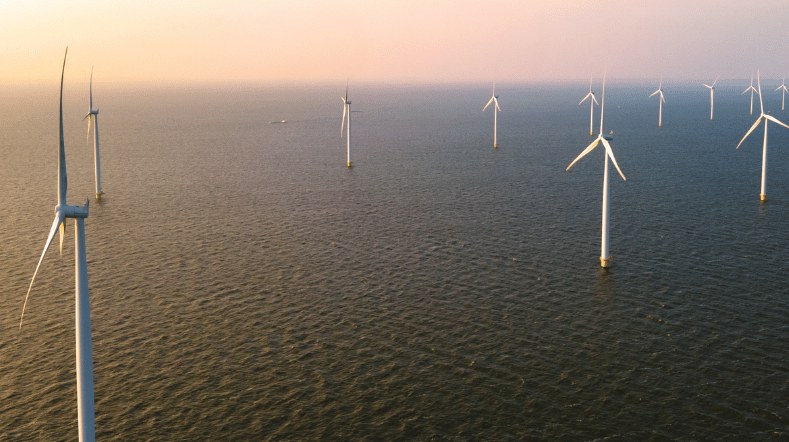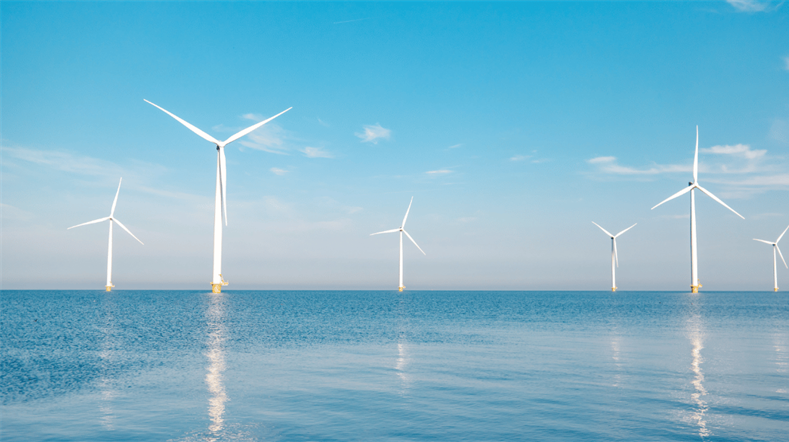Strategic Analyses and Policy
How do we accelerate the energy transition; what should the innovation agenda look like; and what type of fighter aircraft does the Dutch military need? Many parties are involved in resolving major societal issues. We help government, sectors, and organisations to make decisions.
Societal issues
At TNO, we bring together all conceivable disciplines to tackle cross-sector issues such as mobility, circularity, and energy. Some of the questions we deal with are:
- What should the innovation agenda of the European Union (EU) and the Netherlands look like?
- How do we accelerate the energy transition?
- What new type of fighter aircraft or submarine does the Dutch military need?
- What are the costs and does it create new business activity and employment?
- What legal framework is needed to make safe autonomous driving a reality?
- How can the use of data help tackle societal challenges such as juvenile delinquency?
We help public authorities, sectors, and organisations make the necessary decisions with various forms of decision support. Because without decisions, there’s no investment, and without investment, there’s no innovation.
Strategic analysis
When developing sustainable innovation, it’s important to make considerations based on a comprehensive set of criteria, as well as coordination and understanding between stakeholders. We support companies in making strategic choices by providing insight into the value of innovations. And we discuss how stakeholders can provide each other with maximum added value. This is how we achieve joint and sustainable innovation.
European, national, and regional
European, national, and regional public authorities regularly ask us for advice because of our knowledge of, and experience with, multidisciplinary, multi-stakeholder projects. For example, we advise the European Commission on shaping the EU innovation agenda.
We contribute knowledge to take thinking about mission-oriented research and policy to the next level. We do this independently and often in collaboration with knowledge institutions from other EU Member States. For example, we’re coordinating a large European project in which we’re identifying the innovation issues affecting the energy transition. In addition, we contribute to economic explorations for regions, such as the Amsterdam Metropolitan Area.
Innovating with privacy
Privacy is an example of a complex social issue on which we provide expertise from various perspectives. The Dutch government has asked us to help deliberate on legislation that treats both individuals and businesses fairly. We don’t see privacy as a stumbling block, but rather as an incentive to innovate. For example, to give consumers more control over the services they purchase.
At the heart of innovation related to privacy are themes such as responsibility, empowerment, security, proactivity, ethics, and costs and benefits. For example, RESPECT4U, a tool that helps companies and public authorities handle personal data, was developed on the basis of these themes.
New business models
Another form of innovation we focus on is creating new business models. In one project, we co-developed a raw materials scanner, which shows companies to what extent dependence on raw materials is a risk for them.
Through the BE+ programme, we’re helping business parks become energy-positive, without affecting the money flow of entrepreneurs. And there are many more examples of parties we support in creating new business models.
Get inspired
Reduce Europe’s dependence on Chinese wind power and electrolysers


Research TNO and HCSS: Europe under pressure from Chinese advance in wind and electrolysis technology


Orchestrating Innovation

Mission oriented research and innovation policy

Gridmaster cooperation energy infrastructure port of Rotterdam










